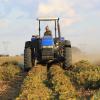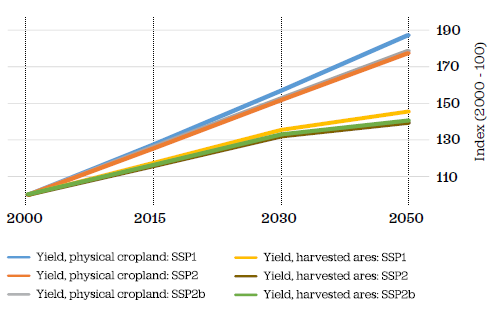
Options Summer 2020: IIASA researchers modeled complex system linkages that affect food security in South Africa and found that sustained growth in the country’s agricultural sector is heavily dependent on careful planning and water use for irrigation.
South Africa is one of the world’s leading producers and exporters of agricultural products. Roughly one in ten South Africans are employed in the agriculture sector, with total export earnings topping US$10 billion in recent years.
Despite this, around 10% of households in the country experience hunger. With the population set to grow significantly and also get richer over the next three decades, South Africa will need to find a way to not only increase agricultural production, but also ensure access to food for all citizens.
In a recent research report, IIASA Water Program researchers Günther Fischer and Sylvia Tramberend modeled projections for the South African agricultural sector through 2050. The study found that during this time, the nation’s population will grow by 10 to 17 million people. Additionally, per capita income will increase by 150 to 200%. This income increase will likely result in dietary shifts towards healthier options, like vegetables, fruits, and livestock.
According to these models, South Africa has the resources to increase production to meet rising demand. However, sustained growth is heavily dependent on careful planning and water use for irrigation.
"South Africa is a good example of complex system linkages having an effect on food security,” explains Fischer. “While increasing agricultural production is a prerequisite, sustainable development must also ensure access to healthy, high-nutrient food options for all citizens. It is important that policymakers take the guidance of systems analysis models into account when planning for food security over the coming decades.”
 © IIASA
© IIASA
Productivity increases 2000-2050, per scenario: Scenario implementation and simulations using IIASA World Food System model.
